Are you or someone you care about finding it tough to open up about feelings and build close connections with others? Despite your best efforts, you seem to self-destruct in relationships. If these scenarios sound familiar, you might be dealing with what is dismissive-avoidant attachment.
This pattern often begins in early childhood and is not something one can consciously control. Individuals with a dismissive-avoidant attachment style might not fully understand why they face challenges in relationships or tend to distance themselves from intimacy.
The good news is that there are ways to navigate and overcome these struggles. In this article, we’ll delve into the dynamics of dismissive-avoidant attachment, offering insights and strategies to help navigate through these struggles.
What Is Dismissive Avoidant Attachment?
Dismissive avoidant attachment is a concept within attachment theory that describes individuals who prioritize independence and self-reliance, often at the expense of close relationships.

People with what is known as dismissive avoidant attachment style often struggle with feeling and expressing emotions, which can lead them to appear aloof or emotionally unavailable. They might not respond effectively when a partner shares vulnerable feelings, holding attitudes that view emotional expression as unproductive.
Their approach to conflict tends to be avoidance, as they are not comfortable with strong emotional expression and may lack confidence in resolving relationship conflicts.
Dismissive avoidant attachment can lead to significant challenges in forming and maintaining intimate relationships. It’s important to recognize that these behaviors and attitudes are often rooted in the individual’s attachment history and coping mechanisms developed over time.
Creating a safe space for them to share feelings and respecting their need for space are important steps in maintaining a healthy relationship!
Read More: 10 Subtle And Beautiful Signs of Being Madly In Love!
5 Dismissive Avoidant Attachment Style Traits You Should Know!
Relationship experts have characterized what is a Dismissive Avoidant Attachment style as a preference for independence and self-reliance, often at the expense of close interpersonal relationships.

Here are some key dismissive avoidant attachment style traits that you should know about:
1. Showing restricted emotions
Individuals with a dismissive avoidant attachment style often struggle with expressing and processing emotions. They may adopt attitudes that dismiss or minimize the importance of emotions, viewing them as unproductive or unnecessary.
This can lead to a tendency to shut off emotions, particularly in stressful situations, and a general avoidance of conflict in relationships.
2. Minimizing the importance of relationships
Dismissive avoidant individuals may downplay the significance of their relationships. For example, they might be hesitant to display photos of their partner or feel uneasy about public displays of affection on social media.
They often prioritize other aspects of their life, such as work or hobbies, over their romantic relationships, which can leave their partners feeling undervalued.
3. Difficulty with dealing with commitment
Maintaining autonomy and independence is a crucial aspect for those with what is dismissive avoidant attachments.
They might have a history of leaving relationships, or they may periodically withdraw from their partner, expressing uncertainty about their feelings or desiring to see other people. This behavior can result in their partners feeling undesired or rejected.
4. Keeping Partners at Arm’s Length
People with this attachment style often guard their time and may be critical of their partners. They may feel overwhelmed by requests for more time together and can limit affection or cancel plans if they feel the relationship is getting too close. Their partners may feel deprived due to this arm’s-length approach.
5. Not communicating directly
Sending clear messages about one’s feelings requires a certain level of emotional awareness, which dismissive avoidant individuals often lack. Consequently, their communication can be vague or unsatisfying, leading to confusion or feelings of being unwanted by their partners.
But doesn’t this sound a little bit narcissistic? Well, it could not be further from the truth. Even though Dismissive Avoidant Personality shows signs of narcissistic personality, the causal relations are completely different!
Let’s take a closer look at the differences!
Read More: How To Not Overthink In A Relationship: Top 10 Effective Ways
Dismissive Avoidant Personality and Narcissistic Personality – What’s The Difference?
In relationships, both dismissive avoidants and narcissists might show difficulties in expressing emotions, avoid discussions about feelings, and withdraw in times of conflict.
However, their underlying motivations differ. Dismissive avoidants do so because they feel uncomfortable with intimacy and emotional intensity, while narcissists focus on their own needs and desires, often at the expense of others.
A key difference lies in empathy and self-awareness. An individual with what is dismissive avoidant attachment might be aware of their difficulties and not intend to harm others. They might even seek therapy to address their issues. In contrast, narcissists rarely admit their faults and are less likely to seek help or change their behavior.
This dismissive avoidant personality style often stems from experiences in childhood, such as dismissive parenting, unmet needs, or previous abusive relationships.
It can also be influenced by genetic factors. In relationships, it can manifest as an avoidance of emotional intimacy and a tendency to maintain a self-sufficient and independent approach.
Read More: Understanding And Comparing Types Of Narcissism
Dismissive Avoidant Attachment Style in Relationships: What It Looks Like?
Some people with a dismissive avoidant attachment style like to be independent and do things on their own. They often seem distant or not very friendly. It’s hard for them to get close to others and share feelings.

If you’re in a relationship with someone with what is dismissive avoidant attachment, you might feel lonely, frustrated, or like they don’t appreciate you. Talking about emotions with them is tough because they might withdraw or shut down when things get intense.
As you get closer to them, they might act even more distant, especially if it’s a dismissive avoidant attachment style in relationships. They find it uncomfortable to share deep emotions, and they might even think about breaking up.
Even though they act this way to protect themselves from getting too emotionally involved, it can make them feel lonely in the long run. Sometimes, going to therapy together or individually can help deal with these issues and make the relationship better.
If you are facing difficulty dealing with dismissive avoidant attachment in your relationships, we have some tips that you need to look into.
Read More: 8 Telltale Signs You’re The Placeholder In A Relationship — Don’t Ignore Them!
10 Relationship Tips For Dealing With Dismissive Avoidant Attachment
Dealing with a what is dismissive avoidant attachment style in a relationship can be challenging, but some strategies can help manage the dynamics and improve communication.

Here are some key approaches for dealing with dismissive avoidant attachment:
1. Understand the Attachment Style:
It’s important to realize that a dismissive avoidant partner may find it hard to get emotionally close, trust others, and rely on them in relationships. They often keep their distance and might withdraw when they feel pressured or overwhelmed by intimacy.
Understanding that your partner’s actions don’t necessarily reflect their feelings toward you, but rather a way they’ve learned to cope can help you handle the relationship better. Acknowledging their struggle with emotional openness and dependence can help you approach interactions with empathy and patience.
When your partner pulls back or sets boundaries, it’s crucial to respect their need for space and independence. Pushing them to open up or be more emotionally present can make them feel even more uncomfortable and distant.
2. Communication Tips:
Avoid pursuing them when they pull away; instead, give them space and welcome them back warmly when they return. You can use these tips to improve communication:
- Use a soft communication style, avoid criticism, and express your needs positively.
- Be aware of the narratives you create about your partner and try to see their actions from a curious, non-judgmental perspective.
- Practice self-regulation before communicating your emotions, as strong emotional displays can be overwhelming for them.
3. Avoid Guilt-Tripping:
Guilt-tripping can sometimes make things worse with partners who tend to avoid issues. It might make them even less likely to want to change. Avoidant partners don’t like feeling pressured or guilty, so when they sense this, they might withdraw even more.
Instead of motivating them to do better, guilt-tripping can just make them defensive. They might see it as a way of controlling them, which pushes them away and makes them less willing to talk about problems.
4. Cultivate Patience:
Changing attachment styles takes time and effort. Being patient and understanding that your partner’s actions come from coping methods they’ve learned over time can help keep a supportive atmosphere.
Realizing that these coping strategies are habits formed over many years can help you approach any changes with kindness and empathy. It’s important to give your partner the time and space they need to deal with their feelings.
5. Don’t Rush Intimacy:
One of the dismissive avoidant attachment style traits is the lack of ability to open up to their partners.
Instead of overwhelming them with a flood of desires and concerns, it’s best to be patient and empathetic. Acknowledge their efforts in sharing their feelings and create a safe environment where they feel comfortable expressing themselves further.
Enjoying the closeness that comes with their openness without pushing for more can help them gradually get used to being intimate at their own pace. This involves having meaningful conversations, spending quality time together, and showing genuine care and affection without pressuring them to share more than they’re comfortable with.
6. Provide a Road Map for Conversations:
In any relationship, it’s important to communicate clearly, especially when discussing sensitive topics. Before diving into these conversations, it’s helpful to explain why you want to talk about them. This can help your partner feel more comfortable and willing to engage in the discussion.
For example, take a moment to let your partner know that you want to address the issue openly and respectfully. You can say that your goal is to make sure both of you feel heard and understood and that you’re aiming to strengthen your relationship by working through difficult topics together.
7. Focus on Your Well-being:
Maintaining your mental well-being is important. It’s crucial to make sure you’re taking care of yourself and meeting your own needs. One way to do this is by doing things you enjoy and finding support from friends and family.
Engaging in activities that make you feel good, like hobbies or relaxation techniques, can help you feel better overall. And reaching out to people you trust for help or just to talk can provide comfort and encouragement during tough times.
Remember, it’s okay to take care of yourself and ask for support when you need it. By doing so, you can manage stress, boost your mood, and keep a healthy balance in your life.
8. Recognize Efforts and Progress:
It’s important to recognize and value the steps your avoidant partner takes toward closeness and vulnerability, even if they seem small. By acknowledging and appreciating these efforts, you can encourage positive behavior and strengthen your bond.
For example, if your partner shares a personal experience or emotion with you, take a moment to express gratitude and validation. Let them know that you appreciate their openness and that you value the trust they’ve shown. Even if the gesture seems minor, it’s important to convey that their efforts are noticed and appreciated.
9. Use ‘I’ Statements to Avoid Criticism:
Frame your concerns as ‘I’ statements to avoid making your partner feel criticized or attacked. Be aware of how your own attachment style may interact with your partner’s and adjust your approach accordingly.
Providing practical help can be more effective than emotional support for someone with an avoidant attachment style
10. Professional Support:
Consider therapy for both partners to navigate the complexities of the relationship and work on attachment insecurities. Couples therapy can provide a safe space for an avoidantly attached person to open up.
Understanding the nuances of what is called dismissive avoidant attachment style and adapting your approach to it is the key to making your partner open up. You can foster a more fulfilling and harmonious relationship.
Remember, it’s important to balance your partner’s need for space and independence with the emotional closeness and intimacy that is essential in a relationship.
Read More: Disorganized Attachment In Relationships: 10 Signs To Look Out For
Final Thoughts
Dealing with dismissive-avoidant attachment in relationships can be tricky. These folks like their independence, and expressing emotions is tough for them. This way of acting usually starts in childhood and isn’t something they can control on purpose.
But hey, there’s good news! We can figure out ways to make things better. The article talked about what dismissive-avoidant attachment is, the traits that come with it, and how it’s different from being narcissistic.
If you or someone you know is dealing with what is dismissive avoidant attachment, there is help available for you. Understanding your partner’s struggle, being patient, and finding a good balance between giving space and getting emotionally close can make a big difference.
Remember, it’s okay to seek professional help if things get tough. By working together and being supportive, people can build happier and healthier relationships, finding the right mix of independence and emotional closeness.
Frequently Asked Questions (FAQs)
1. What is dismissive avoidant attachment?
Dismissive avoidant attachment is a way people connect in relationships. Those with this style prioritize independence and may struggle to express emotions, making them seem distant.
2. What are some dismissive avoidant attachment style traits?
Dismissive avoidant attachment style traits include difficulty expressing emotions, downplaying the importance of relationships, commitment challenges, keeping partners at a distance, and indirect communication.
3. What does a dismissive avoidant attachment style in relationships look like?
Dismissive avoidant attachment style in relationships can make relationships tough. Partners may feel lonely or unappreciated. Expressing emotions is hard, and closeness might make them want to break up.
4. What are some tips for dealing with dismissive avoidant attachment?
Understand their struggle, give space, use soft communication, avoid guilt-tripping, be patient, don’t rush intimacy, focus on well-being, recognize efforts, use ‘I’ statements, and consider professional support.
5. What is the difference between a dismissive avoidant personality and a narcissistic personality?
While both struggle with emotions and conflict, dismissive avoidants feel uncomfortable with intimacy, whereas narcissists prioritize their needs over others and may lack empathy and self-awareness. Seeking professional guidance is crucial for accurate diagnosis and management.


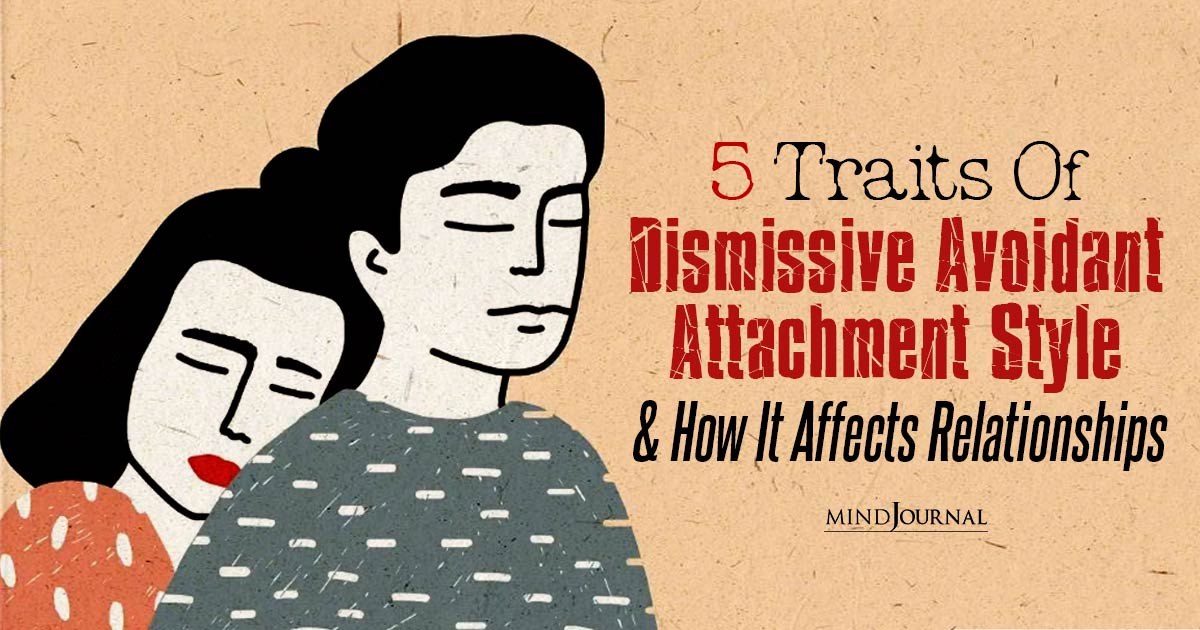
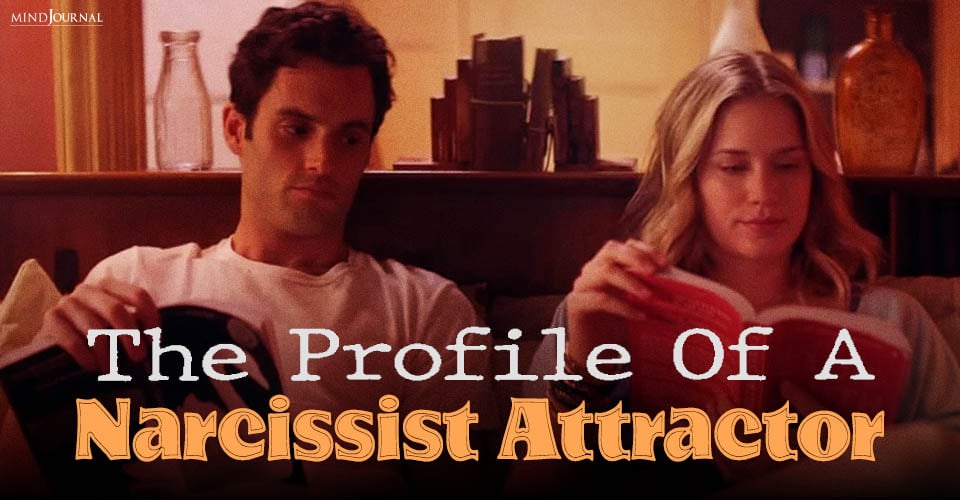


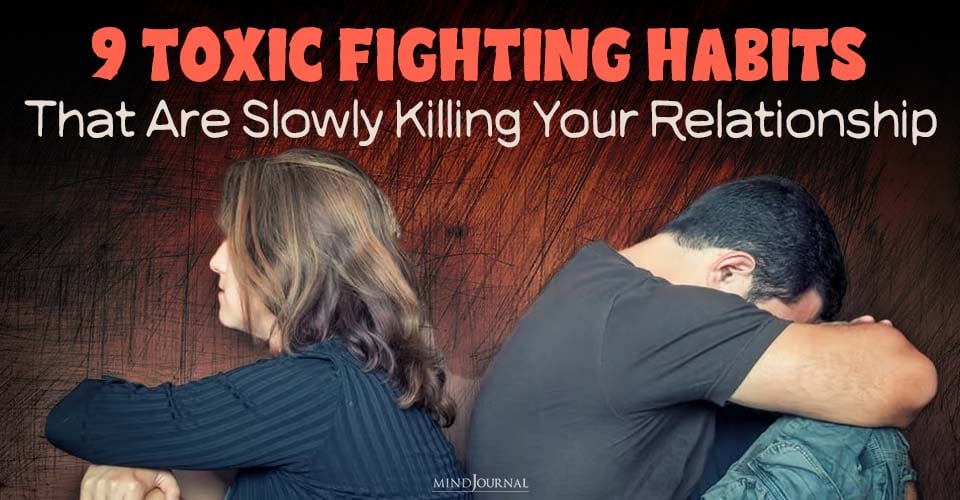
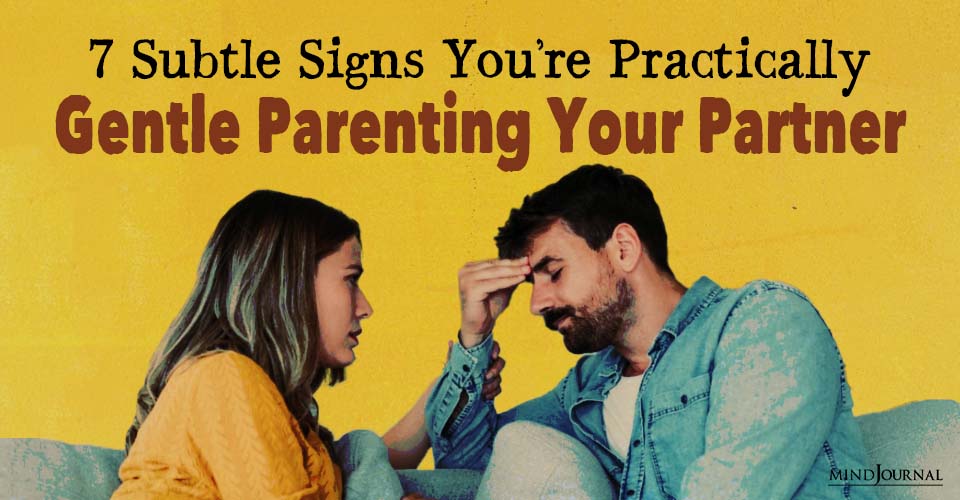
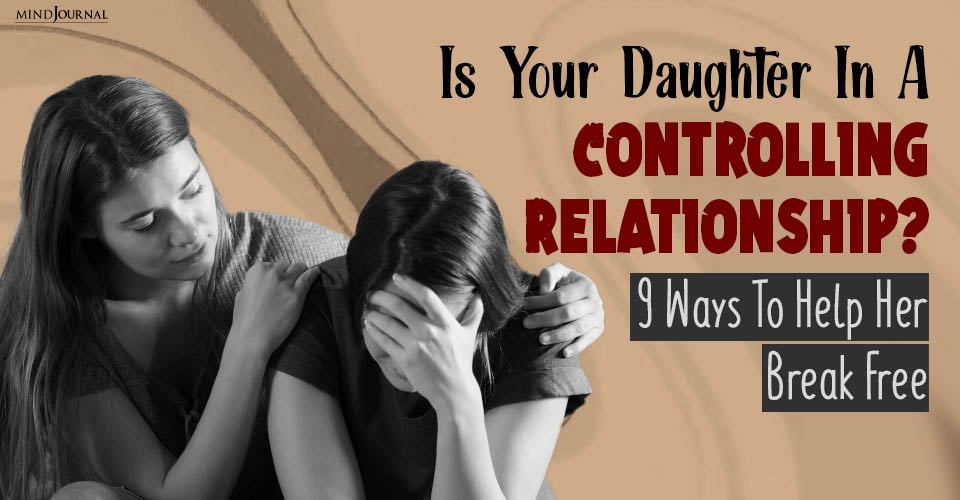
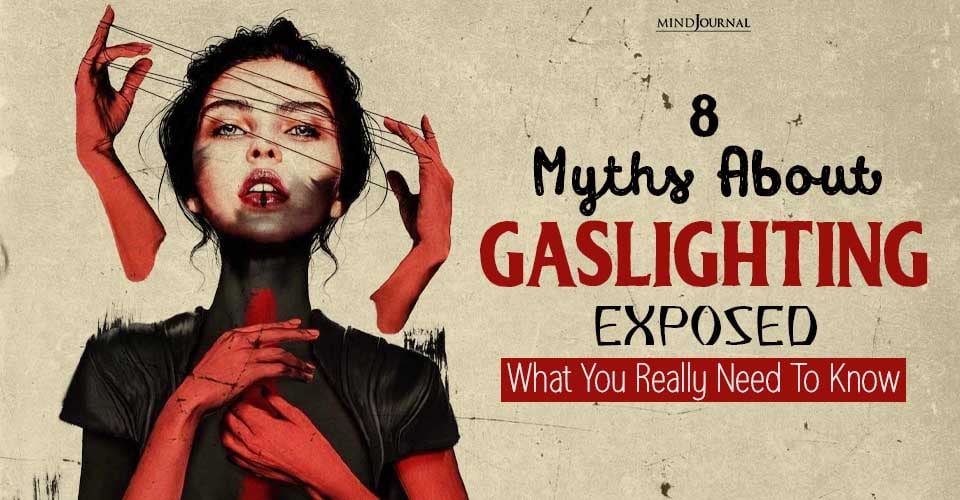
Leave a Reply